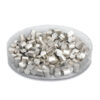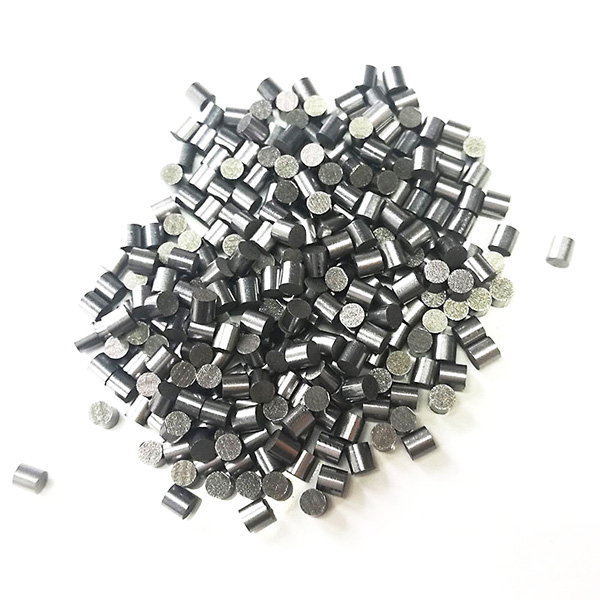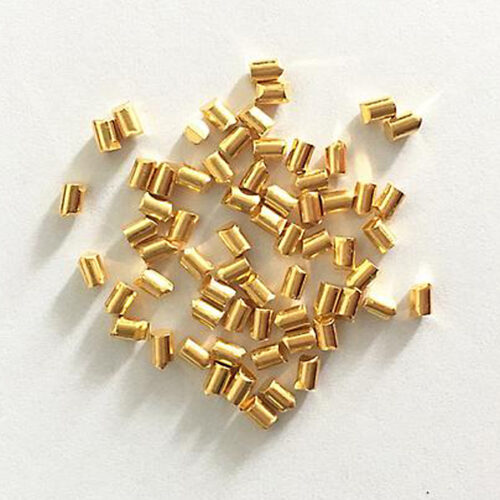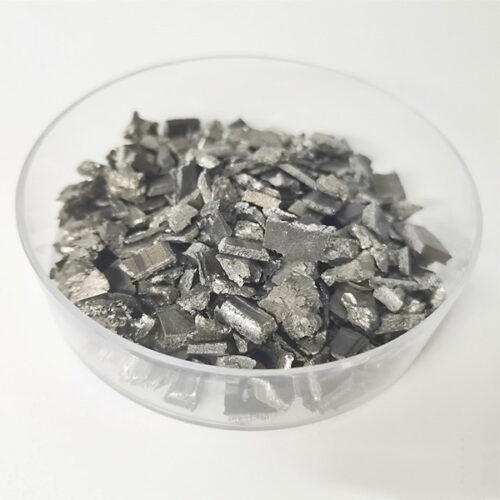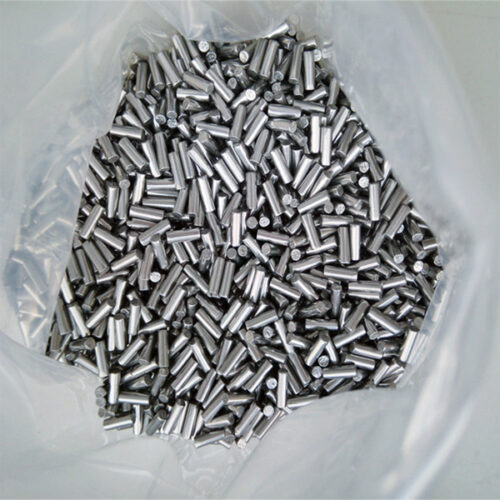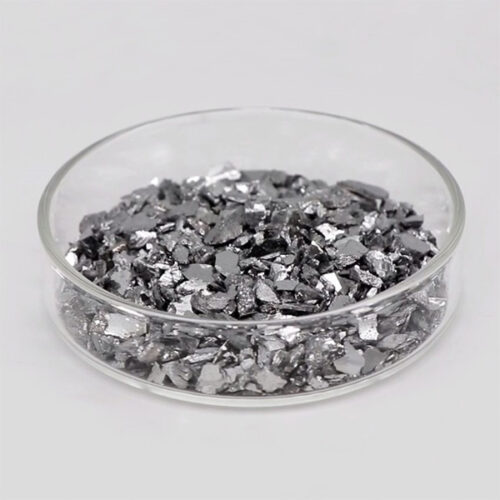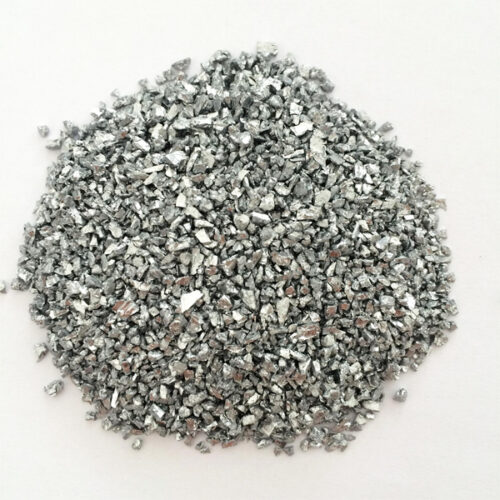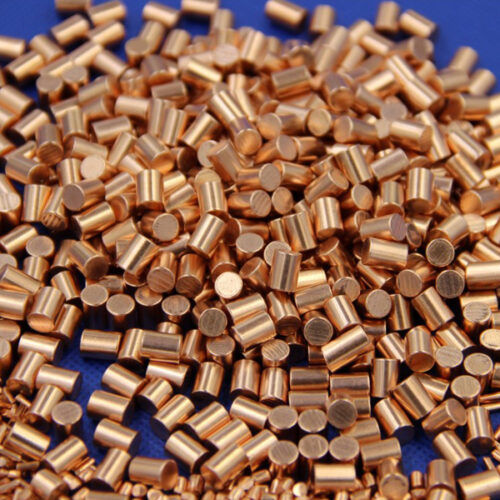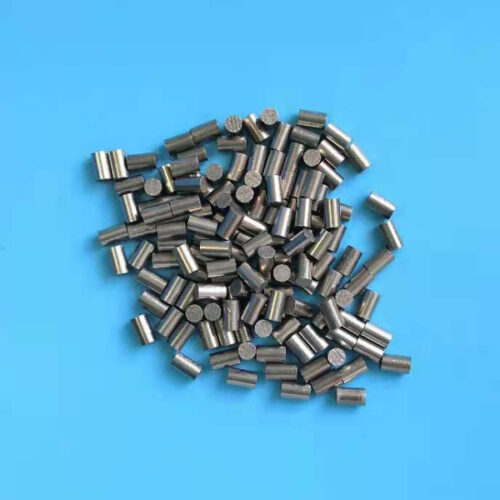3N5 (99.95%) Tantalum (Ta) Pellets Evaporation Materials
Introduction:
Tantalum evaporation materials are substances used in physical vapor deposition (PVD) processes, particularly in thin film deposition techniques.
These materials are composed predominantly of tantalum, a metal known for its high melting point, corrosion resistance, and compatibility with a variety of substrates.
In the context of thin film deposition, tantalum evaporation materials are heated in a vacuum chamber until they reach their vaporization temperature. Once in the vapor phase, the tantalum atoms condense onto a substrate material, forming a thin film. This film can serve various purposes in electronics, optics, and other industries, such as providing corrosion resistance, acting as a diffusion barrier, or serving as a component in capacitors.
Tantalum evaporation materials are often manufactured in the form of pellets, rods, or wires, which are loaded into a crucible or boat within the vacuum chamber for heating.
The precise characteristics of the thin film produced, including its thickness, uniformity, and structure, depend on factors such as the deposition conditions, substrate material, and the properties of the tantalum evaporation material itself.
Properties of Tantalum Evaporation Materials:
1. Corrosion Resistance and Refractory Nature
High Corrosion Resistance: Tantalum exhibits remarkable resistance to corrosion, making it suitable for applications in harsh environments and corrosive conditions.
Refractory Metal: Tantalum belongs to the refractory metals group, characterized by their high melting points and resistance to heat and wear.
2. Mechanical Properties
Hardness and Stiffness: Tantalum is known for its hardness and stiffness, contributing to its durability and structural integrity in various applications.
Ductility: Despite its hardness, tantalum retains a degree of ductility, allowing for the fabrication of thin films and intricate structures.
3. Electrical and Thermal Conductivity
Electrical Conductivity: Tantalum exhibits moderate electrical conductivity, making it suitable for electronic applications where both electrical and mechanical properties are required.
Thermal Conductivity: While not as high as some other metals, tantalum possesses sufficient thermal conductivity for use in thermal management applications.
Applications:
1. Electronic Devices
Tantalum thin films find extensive use in electronic devices, particularly in the semiconductor industry, where they serve as passivation layers, diffusion barriers, and capacitors.
Tantalum capacitors are widely used in electronic circuits due to their high reliability, stability, and capacitance density.
2. X-ray Optics
Thin tantalum films are utilized in x-ray optics for their high density and absorption characteristics, enabling their use in x-ray collimators, filters, and detectors.
3. Superconductors
Ongoing research investigates the use of tantalum films as superconductors, offering potential applications in high-performance electronic devices, magnetic resonance imaging (MRI) systems, and particle accelerators.
4. Biomedical Implants
Tantalum implants are employed in orthopedic and dental applications due to their biocompatibility, corrosion resistance, and osseointegration properties.
Specification:
Our standard size is 6mm Diameter x 6mm Length, and other specifications are also available.Please consult our professional customer service personnel for detailed information.
Our standard packaging sizes include 10 grams, 50 grams, 100 grams, 500 grams, and 1000 grams.
ZYLAB offers a variety of crucibles for evaporation materials.


